Eco-Friendly Living: Sustainable Home Styles for a Greener Tomorrow
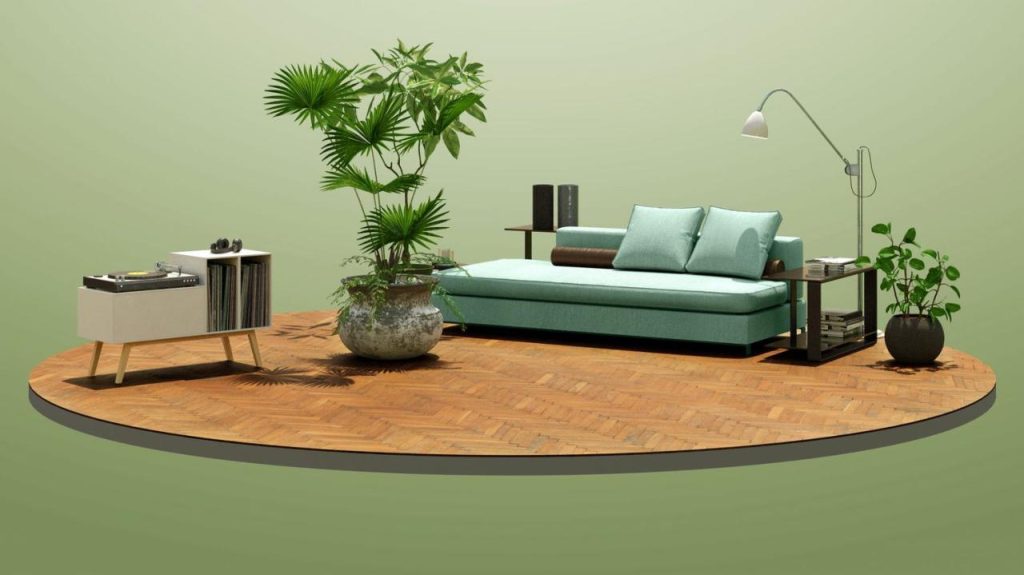
In an age where environmental sustainability is at the forefront of our concerns, our homes have become a canvas for eco-conscious living. Sustainable home styles not only reduce our carbon footprint but also create healthier, more comfortable living environments. As we look to the future, embracing sustainable home styles is a vital step in building a greener, more sustainable tomorrow.
1. Passive House Design
Key Principles: Passive house design, also known as Passivhaus, is an architectural approach that focuses on achieving ultra-high energy efficiency while maintaining comfort. The key principles include airtight building envelopes, high-performance insulation, and energy-efficient ventilation systems.
Sustainability Benefits: Passive homes significantly reduce energy consumption, leading to lower utility bills and a reduced carbon footprint. They also provide excellent indoor air quality and thermal comfort.
2. Green Roof Homes
Key Principles: Green roof homes feature living roofs covered with vegetation, which provides natural insulation, improves air quality, and reduces rainwater runoff. These roofs can be partially or entirely covered with plants.
Sustainability Benefits: Green roofs help mitigate the urban heat island effect, reduce energy consumption, and provide wildlife habitat. They also enhance aesthetics and can increase property values.
3. Net-Zero Energy Homes
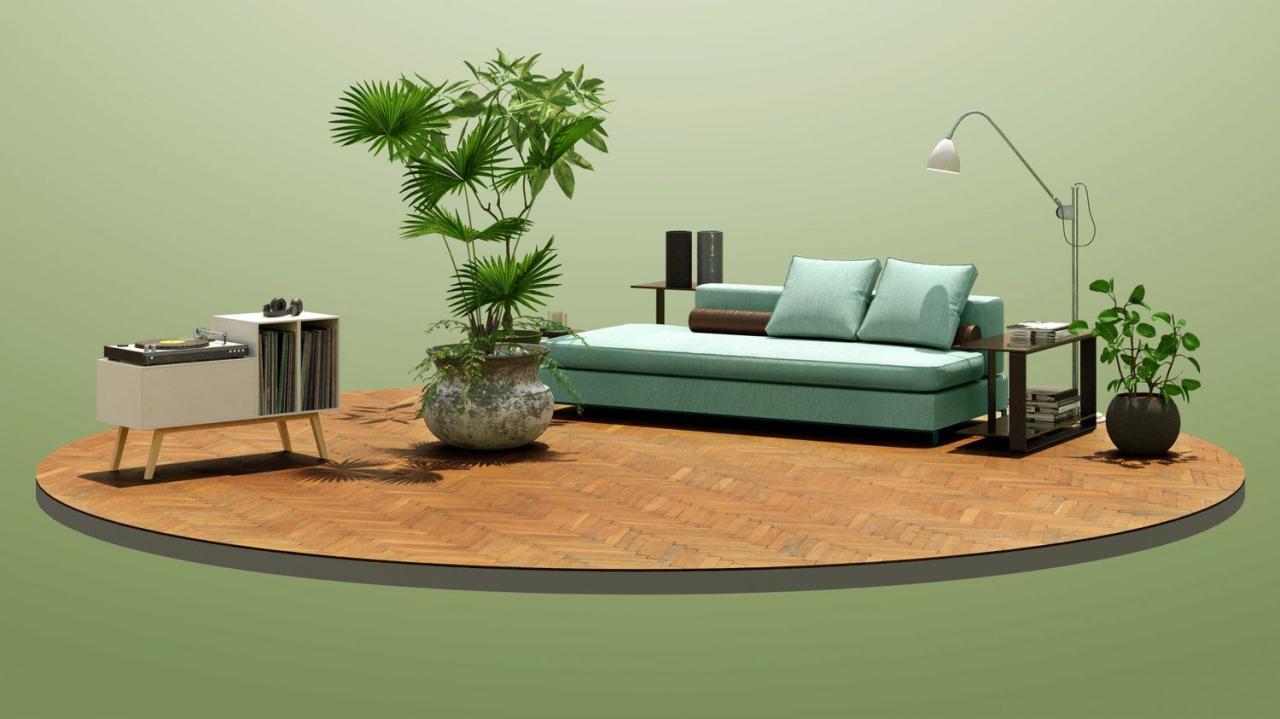
Key Principles: Net-zero energy homes generate as much energy as they consume, typically through renewable energy sources like solar panels. Energy-efficient design, appliances, and insulation play a crucial role in achieving this balance.
Sustainability Benefits: Net-zero energy homes drastically reduce greenhouse gas emissions and energy bills. They are a proactive step towards combatting climate change and promoting energy independence.
4. Recycled and Reclaimed Materials
Key Principles: Sustainable homes often incorporate recycled or reclaimed materials, such as reclaimed wood for flooring or countertops made from recycled glass. These materials reduce the demand for new resources and minimize waste.
Sustainability Benefits: Using recycled and reclaimed materials reduces the environmental impact of construction while adding character and uniqueness to the home’s design.
5. Tiny Homes and Micro-Housing
Key Principles: Tiny homes and micro-housing promote minimalist living in compact, energy-efficient spaces. They are designed to maximize functionality while minimizing environmental impact.
Sustainability Benefits: Smaller homes require fewer resources for construction and maintenance. They also encourage a simpler, more sustainable lifestyle with reduced energy and water consumption.
6. Sustainable Renovations
Key Principles: Sustainable home styles can also be achieved through eco-friendly renovations. This may include upgrading insulation, installing energy-efficient windows, and retrofitting older homes with renewable energy systems.
Sustainability Benefits: Sustainable renovations improve the energy efficiency of existing homes, reducing energy bills and greenhouse gas emissions.
7. Earth-Sheltered Homes
Key Principles: Earth-sheltered homes are partially or entirely built into the ground, providing natural insulation and temperature regulation. They take advantage of the Earth’s thermal mass.
Sustainability Benefits: Earth-sheltered homes reduce heating and cooling needs, making them highly energy-efficient. They also blend harmoniously with the natural landscape.
8. Modern Green Building Techniques
Key Principles: Modern green building techniques focus on energy-efficient design, use of sustainable materials, and advanced insulation and ventilation systems. These techniques are applied in various architectural styles.
Sustainability Benefits: Green building techniques improve energy efficiency, indoor air quality, and overall comfort in homes, contributing to a more sustainable and healthy living environment.
As we face the challenges of climate change and diminishing natural resources, sustainable home styles offer a pathway to a greener and more environmentally responsible future. By adopting these styles and principles, homeowners can reduce their ecological footprint, lower their energy bills, and contribute to the collective effort to protect our planet. Sustainable living is not just a trend; it’s a vital step towards building a more sustainable, healthier, and happier tomorrow for generations to come.
 Capturing the Essence of Each Season: A Guide to Seasonal Inspirations
Capturing the Essence of Each Season: A Guide to Seasonal Inspirations 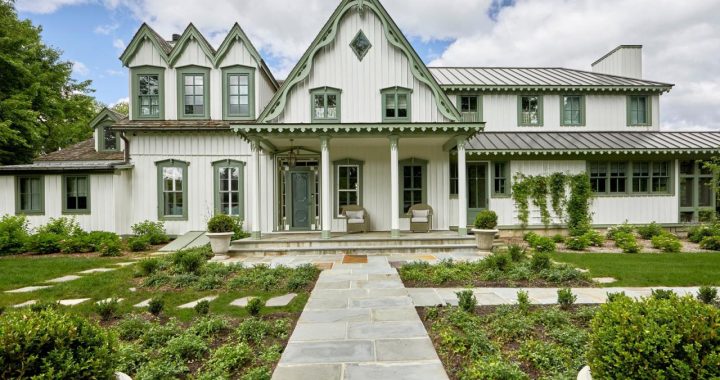 Exploring Home Styles: From Classic to Contemporary
Exploring Home Styles: From Classic to Contemporary 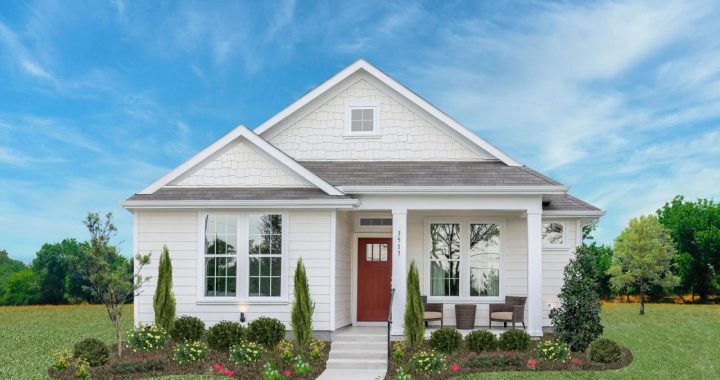 Designing Your Dream Home: A Guide to Popular Home Styles
Designing Your Dream Home: A Guide to Popular Home Styles 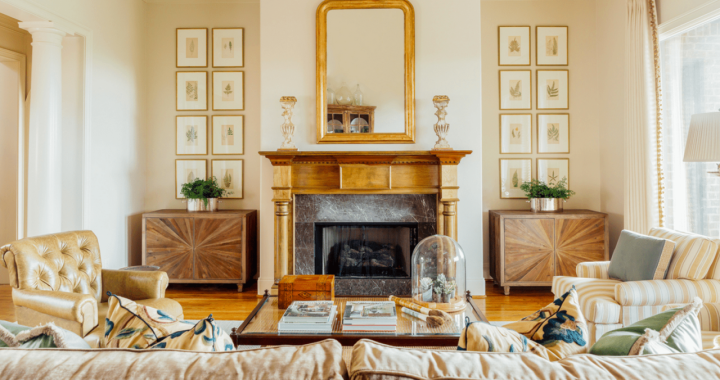 Timeless Elegance: Traditional Home Styles and Decor
Timeless Elegance: Traditional Home Styles and Decor 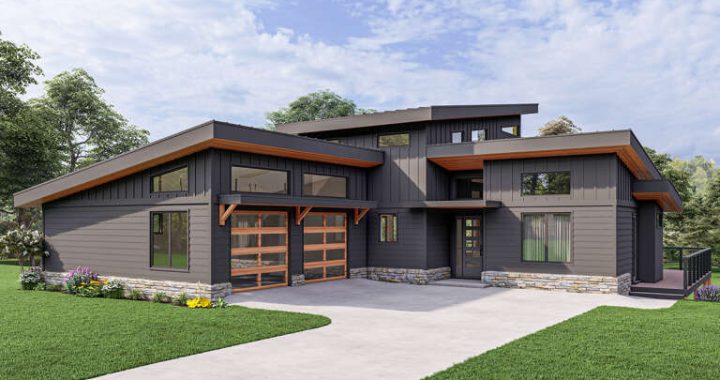 Modern Marvels: Embracing Contemporary Home Styles
Modern Marvels: Embracing Contemporary Home Styles 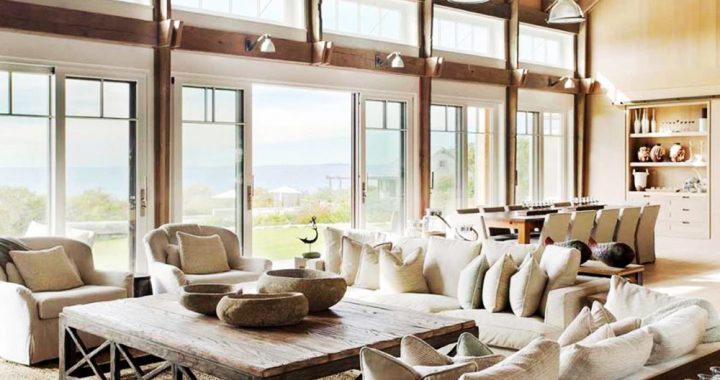 Rustic Retreats: The Beauty of Farmhouse Home Styles
Rustic Retreats: The Beauty of Farmhouse Home Styles 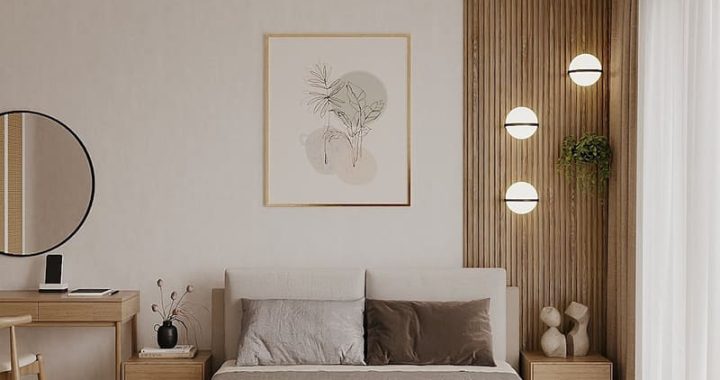 Maximizing Space: Small Bedroom Furniture Solutions
Maximizing Space: Small Bedroom Furniture Solutions 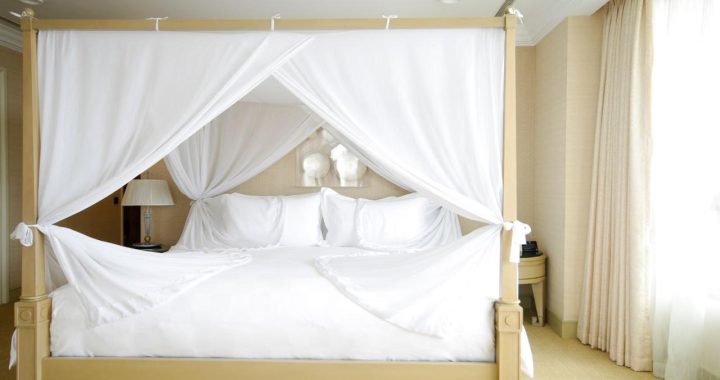 Sweet Dreams: How Bedding Affects the Quality of Your Sleep
Sweet Dreams: How Bedding Affects the Quality of Your Sleep 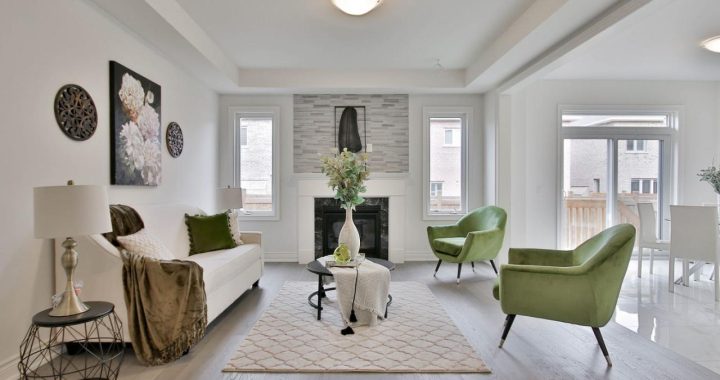 Mastering the Art of Decor: Tips for a Well-Designed Space
Mastering the Art of Decor: Tips for a Well-Designed Space 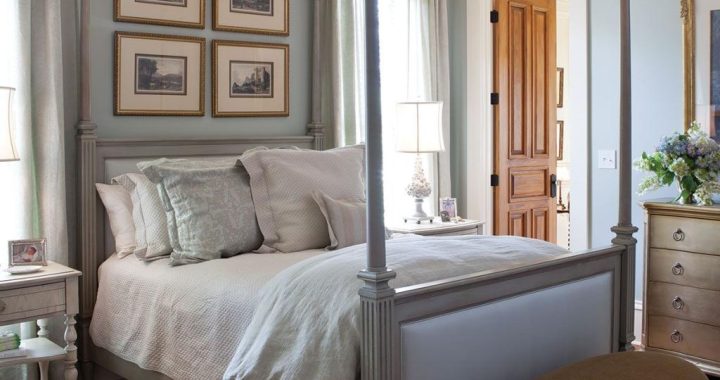 The Beauty of Bedding: Creating a Dreamy Bedroom Retreat
The Beauty of Bedding: Creating a Dreamy Bedroom Retreat